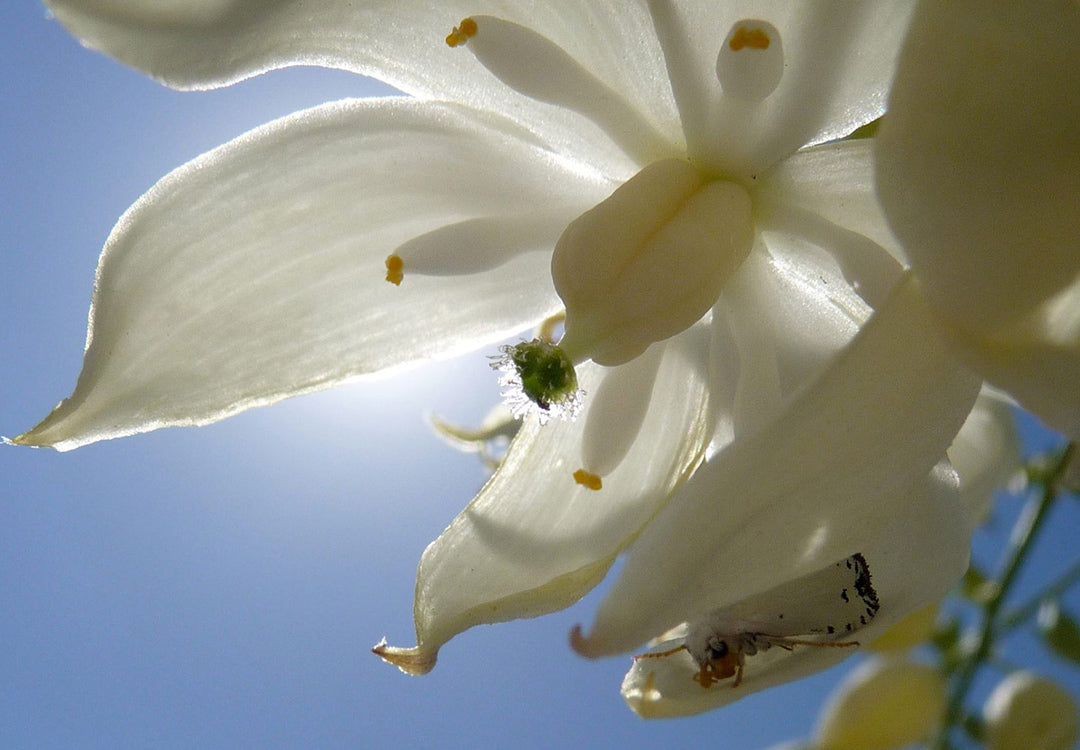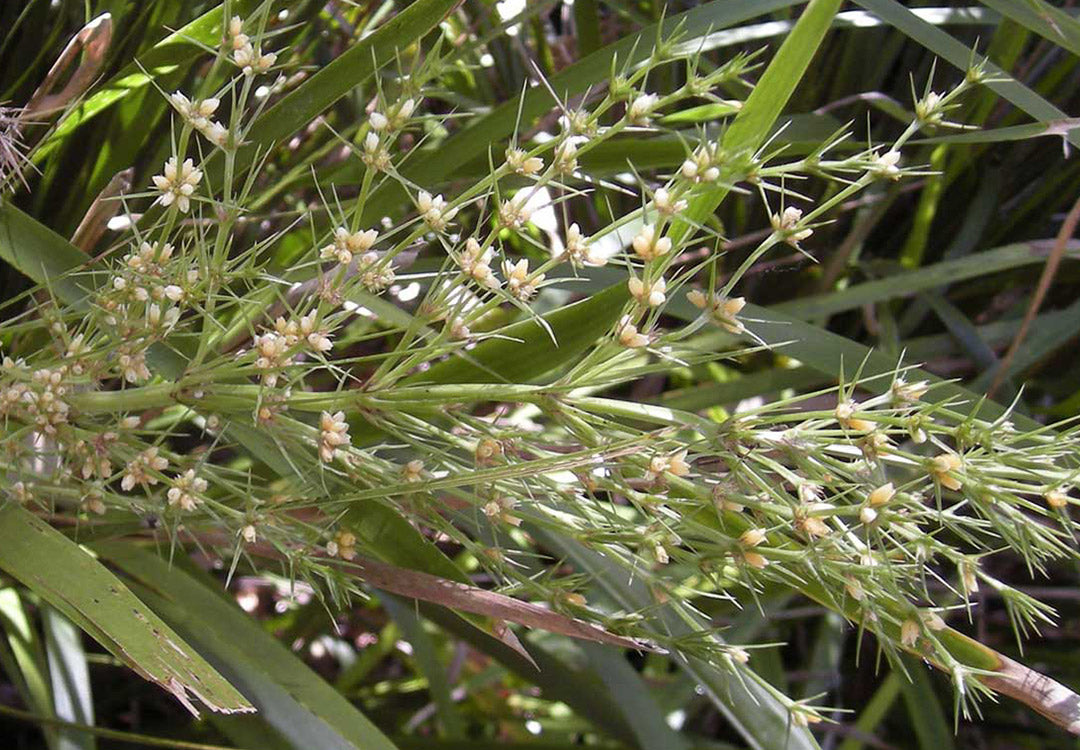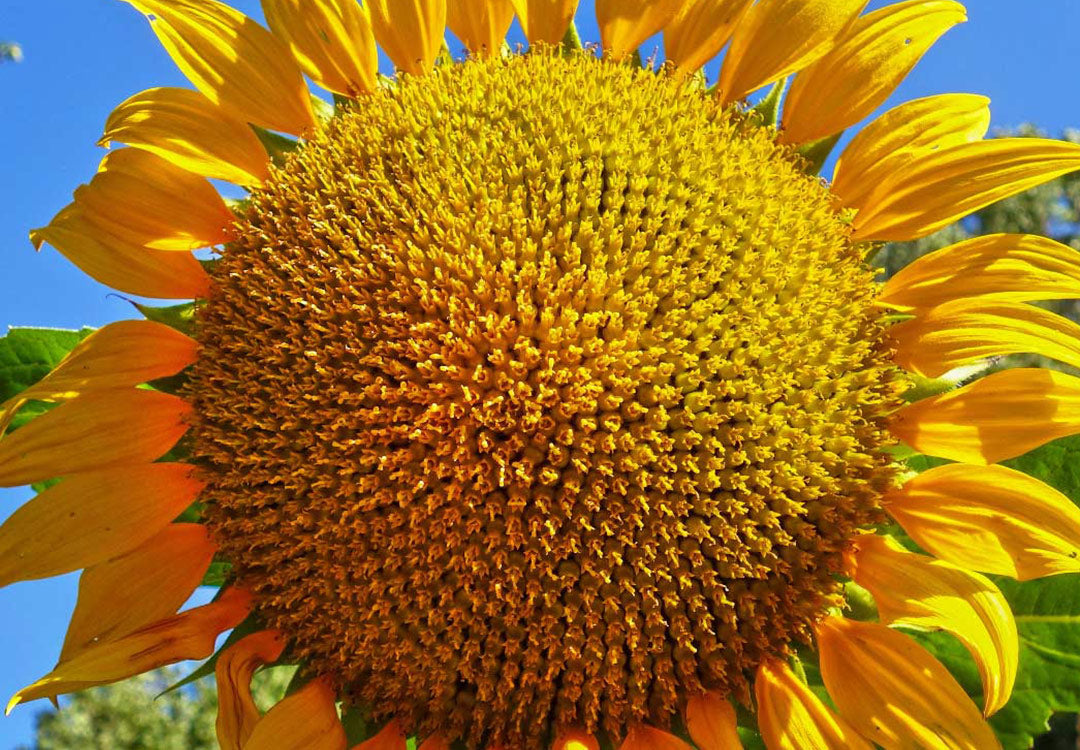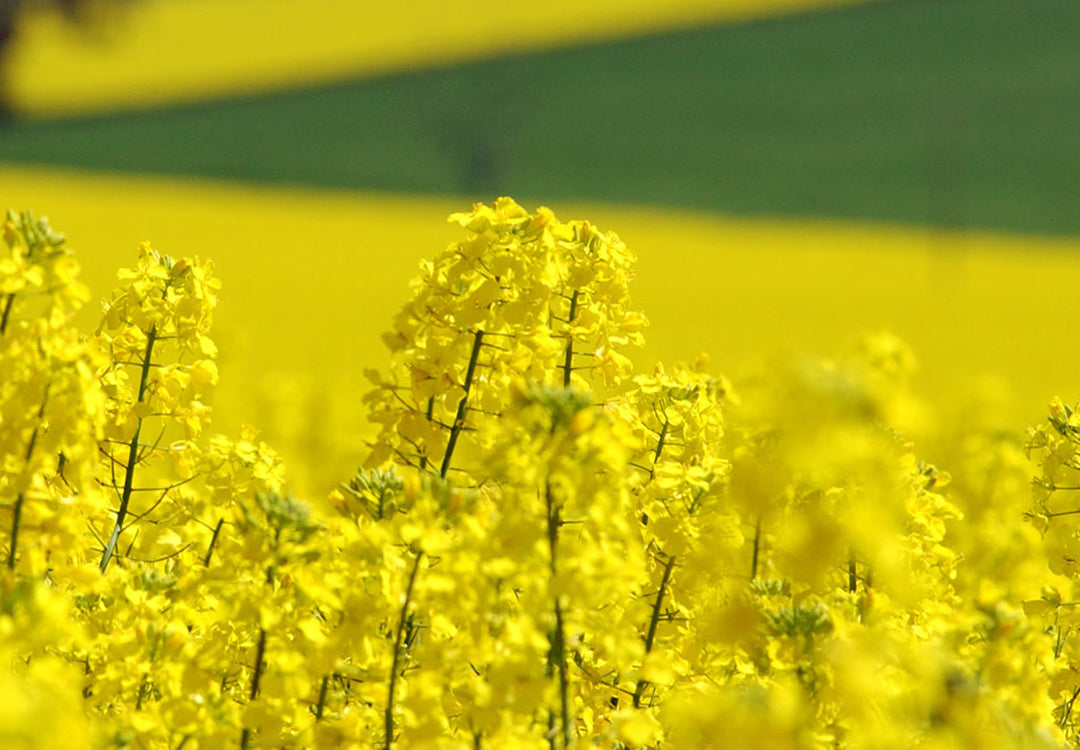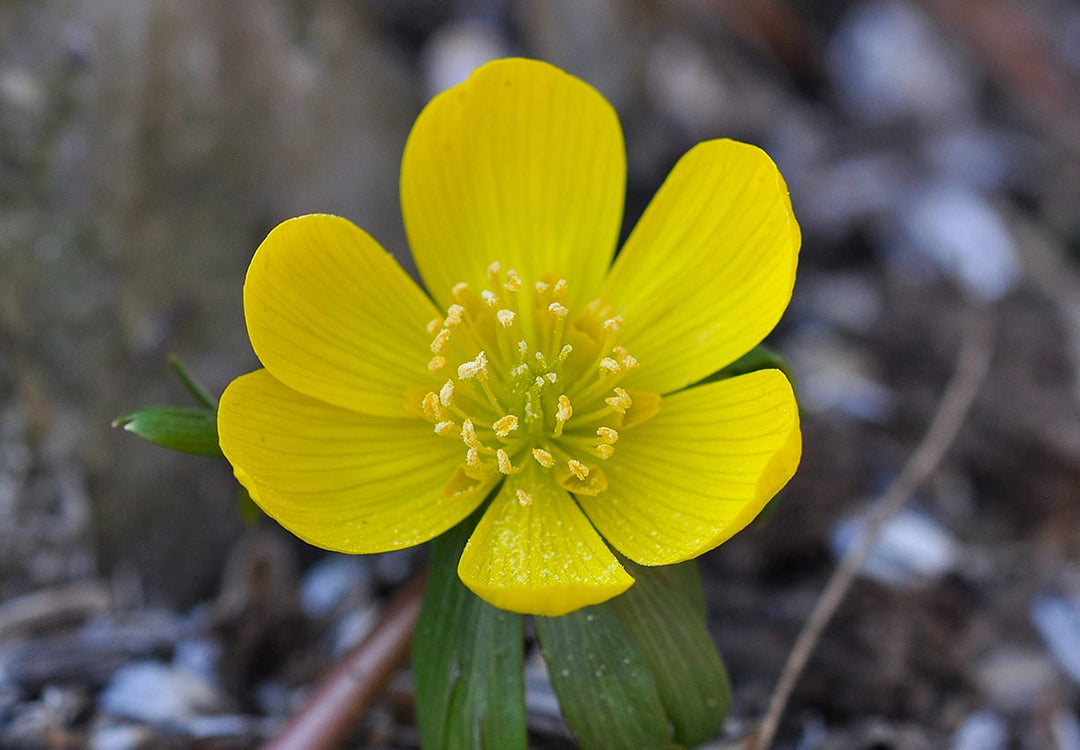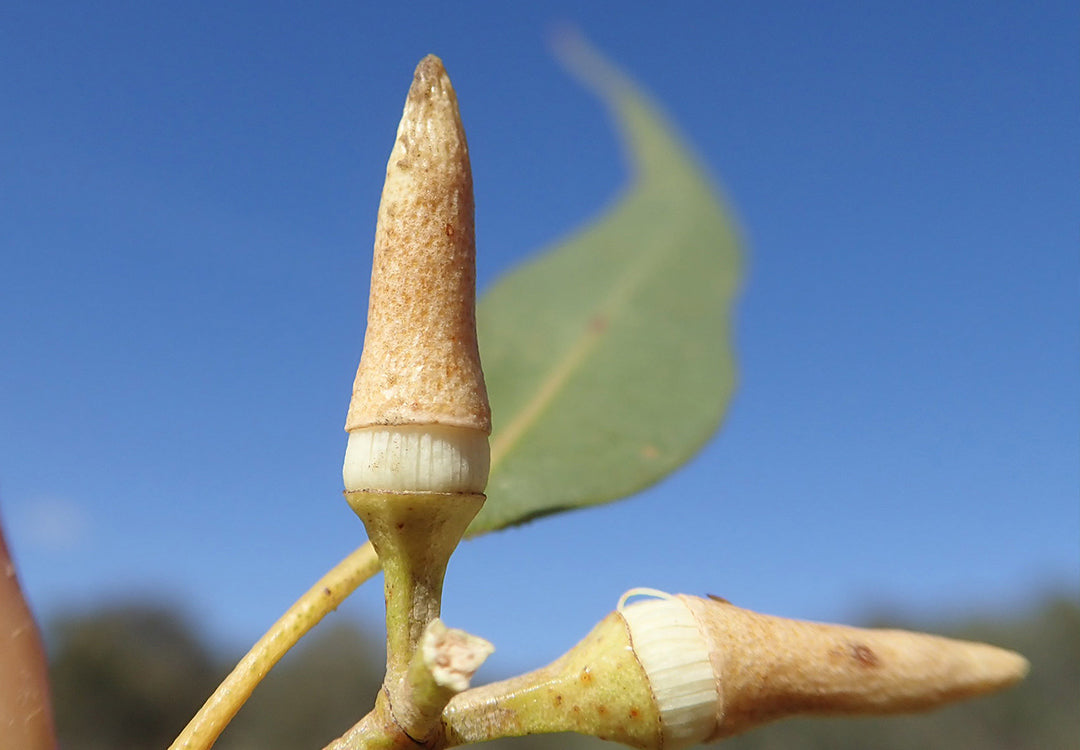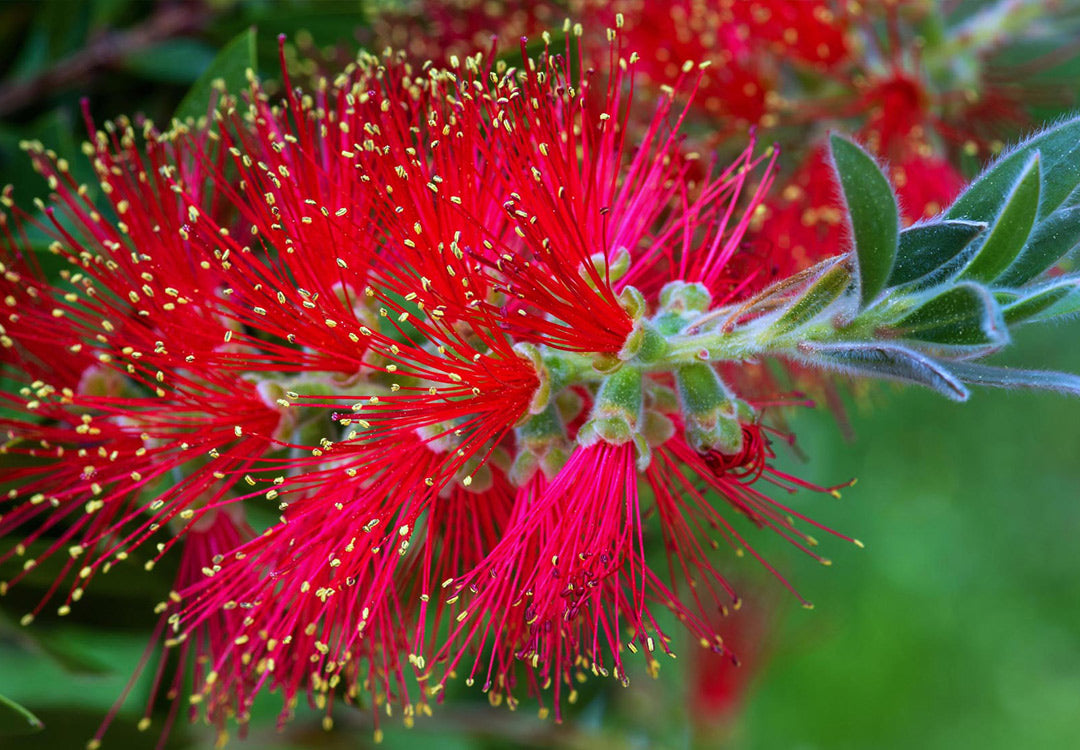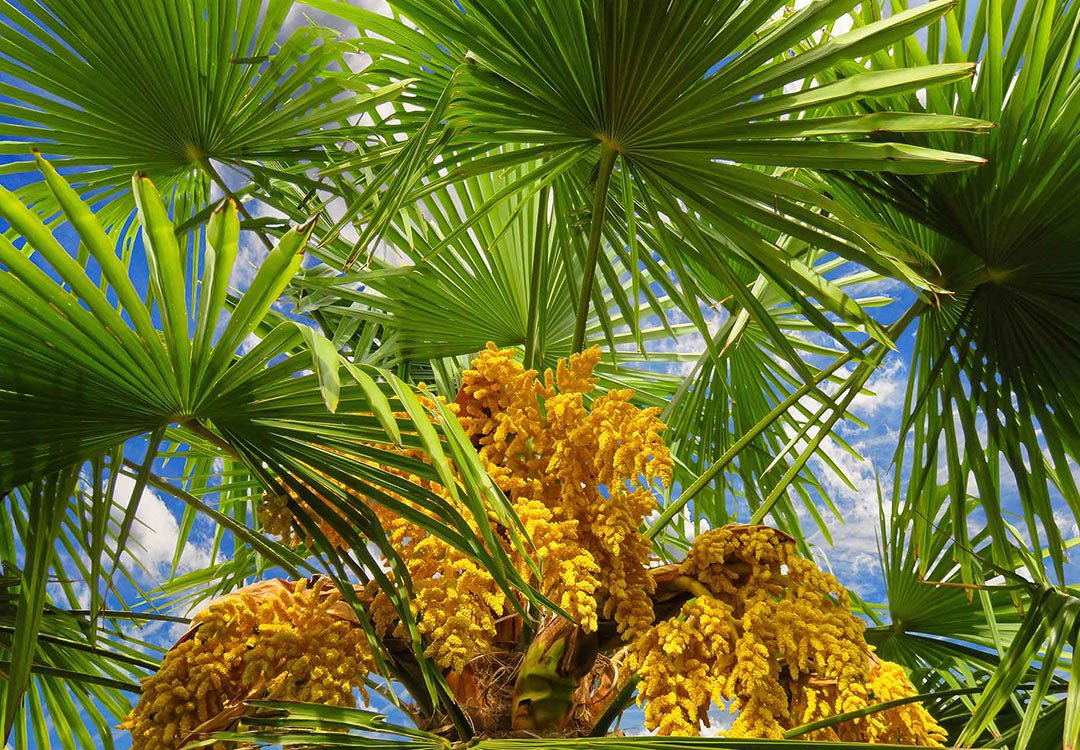Asparagaceae, The Asparagus Family
The asparagus family Asparagaceae was one of the monocotyledonous families that were split off from the lily family Liliaceae, along with other unrelated plants such as Amaryllis spp. and Agapanthus spp. Description Members of this family can differ quite a lot in appearance so it’s hard to give a single description for all plants; they tend to have tightly bunched
Continue reading
